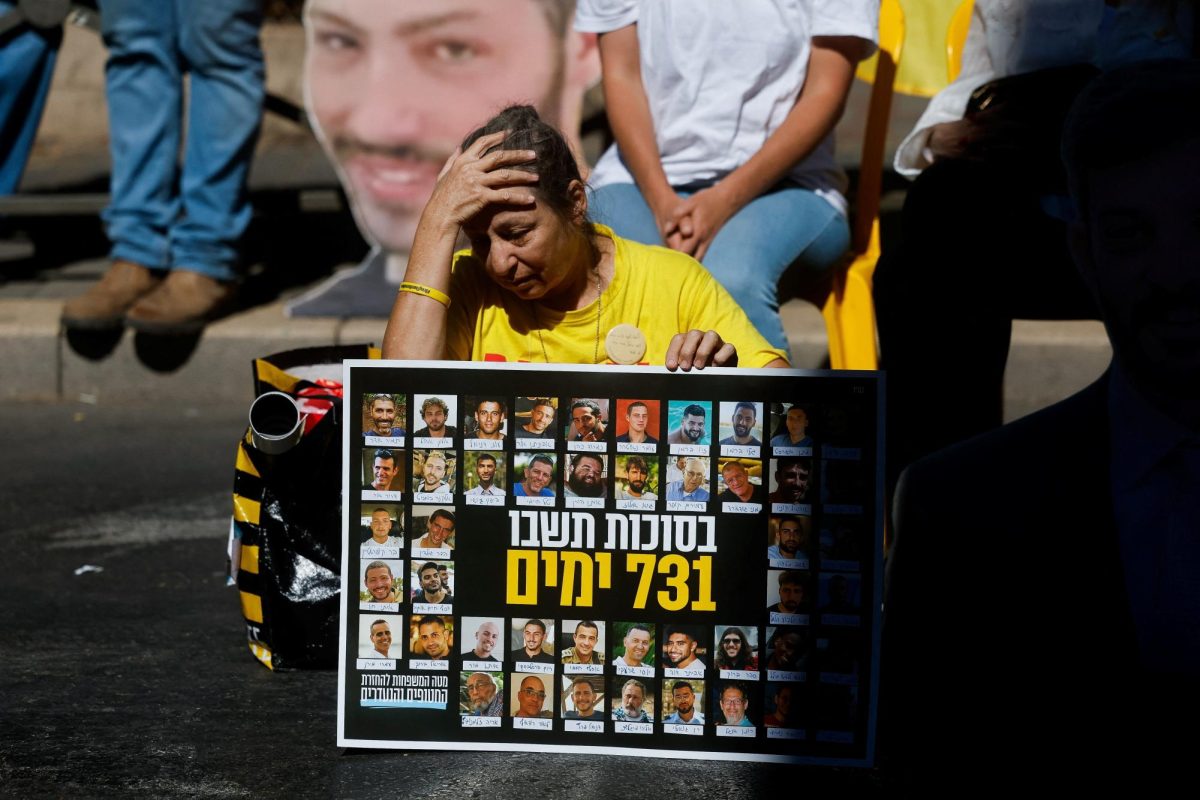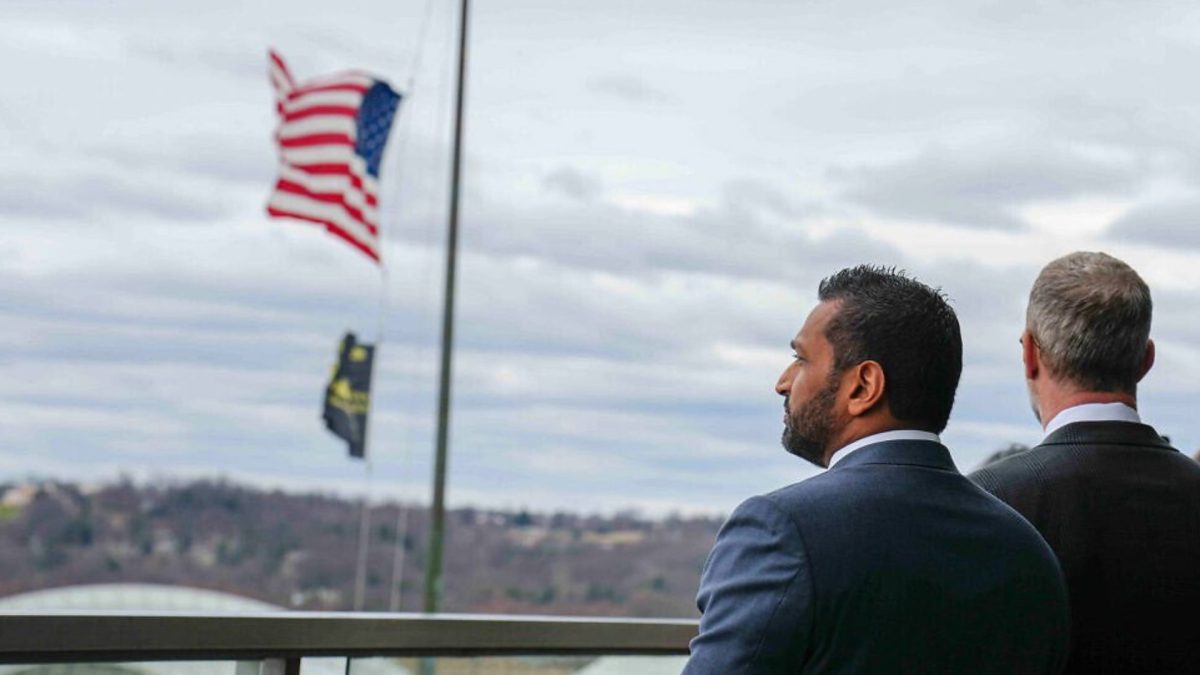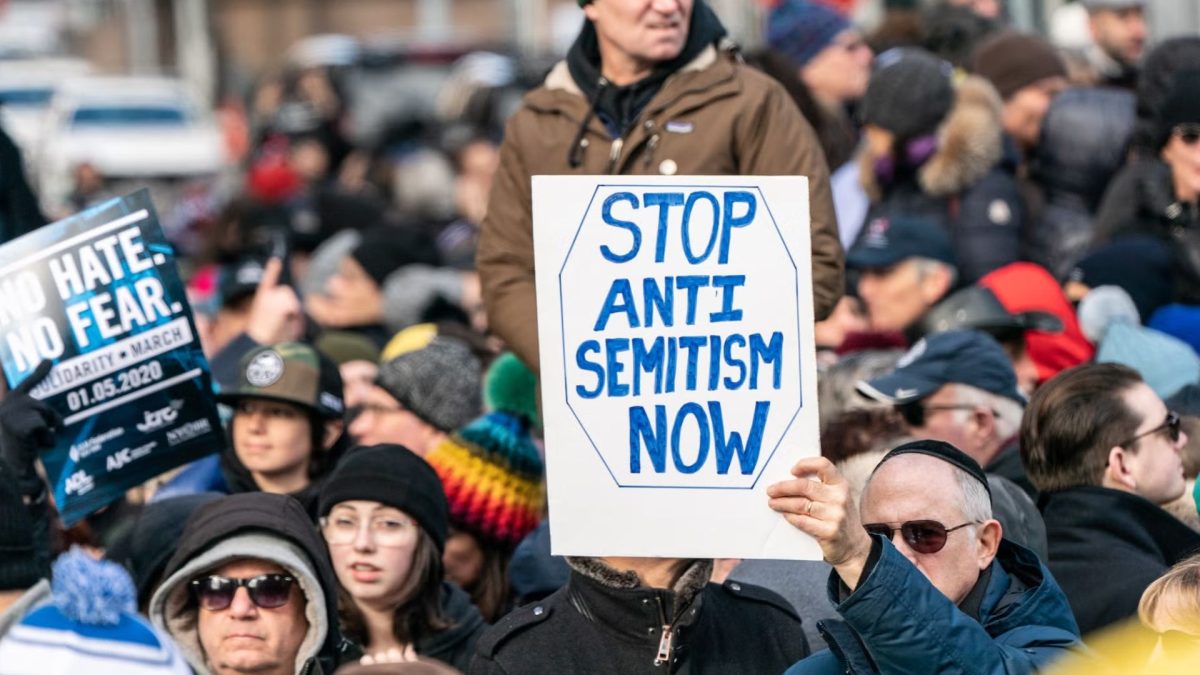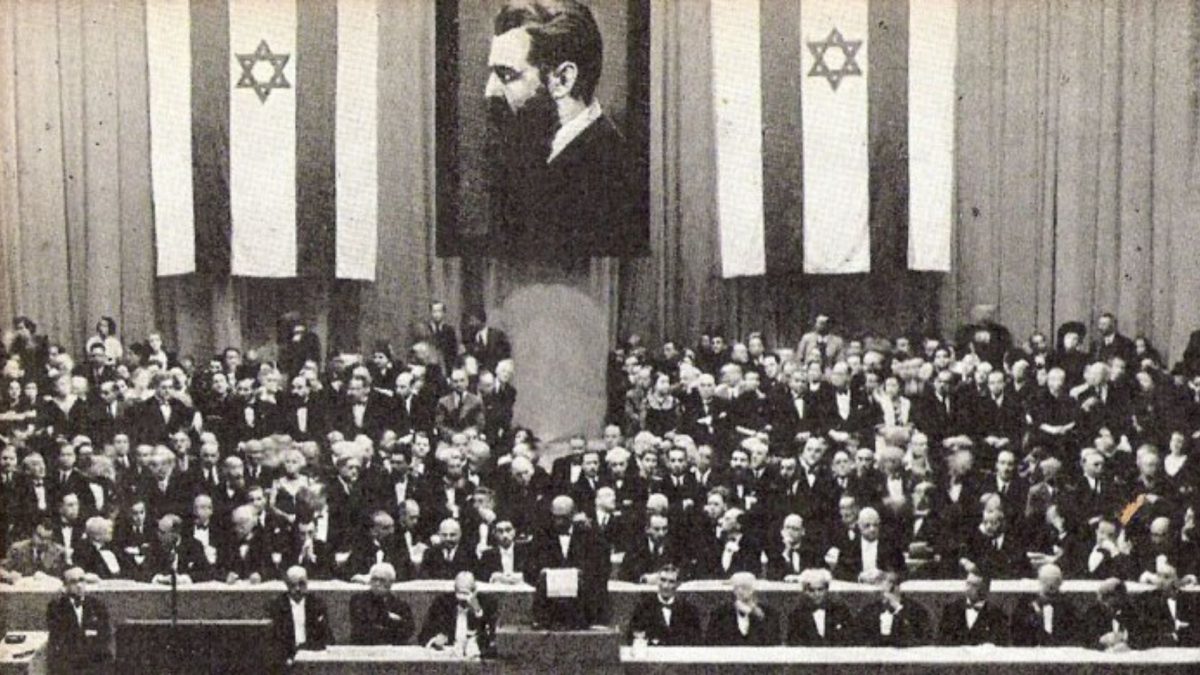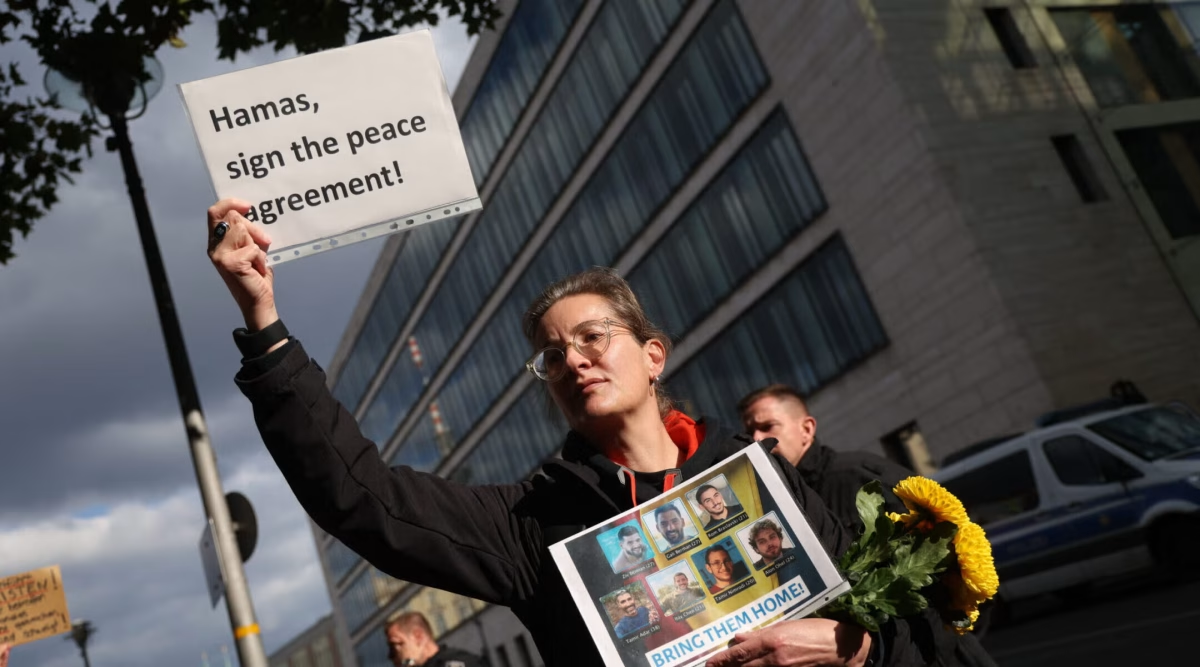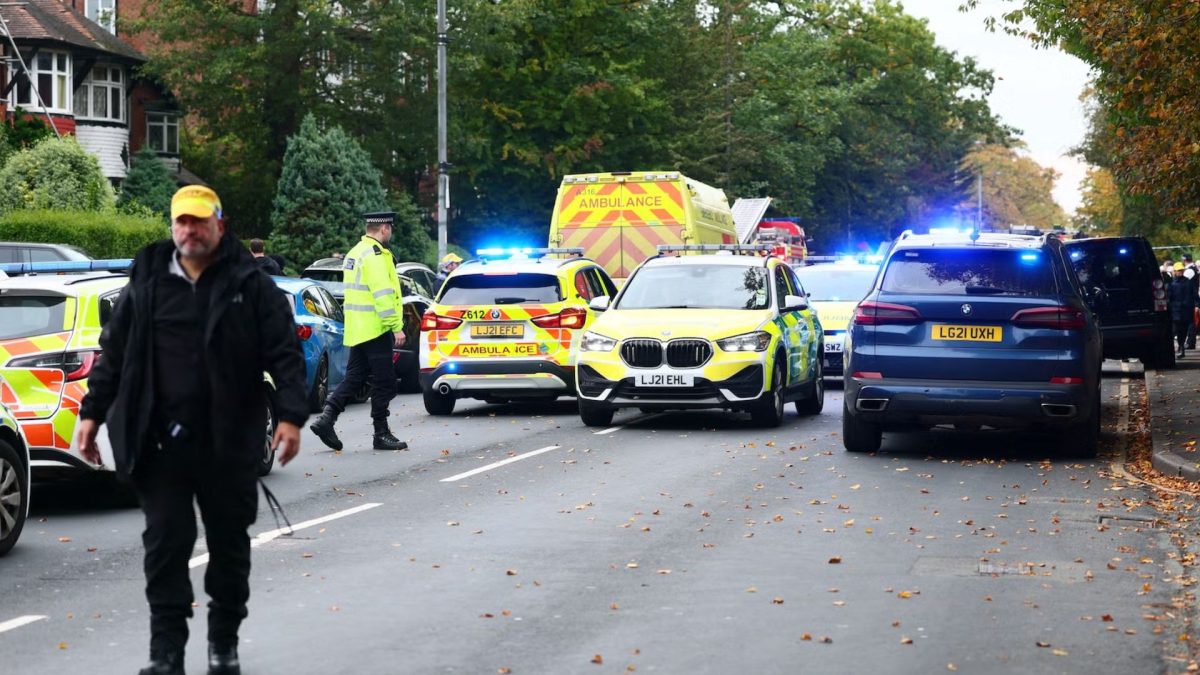Confidential documents obtained from the computer of a senior Hamas leader have unveiled the terror group’s calculated strategy to exploit hostages, manipulate public opinion and rebuild its military capabilities under the guise of ceasefire negotiations. The revelations, first reported by German newspaper Bild, provide a chilling insight into Hamas’s ruthless tactics and disregard for Palestinian civilians in Gaza.
The document, which according to Israel’s Channel 12 News was in the hands of the Israeli military already in April 2024, was found on a computer in Gaza believed to have belonged to Hamas leader Yahya Sinwar. The contents of the document, which have not previously been made public, expose how the terror group’s leaders deceive the international community and torment the families of Israeli hostages. This manipulative effort aims to harness them toward a single goal: rebuilding Hamas’s military capabilities and securing its continued control over the Gaza Strip.
The secret document highlights several key aspects that the terror group intends to consider in managing ceasefire negotiations. For example, it emphasizes the need to maintain “Hamas’s ability to act against Israel,” to “exhaust” Israel’s political and military apparatus, and to erode Israel through international pressure.
ADVERTISEMENT
The document does not mention the Philadelphi Corridor, the border area between Gaza and Egypt that has been at the center of negotiations in recent weeks. However, Israel only announced that it was in “operational control” of the corridor in late May, after the document was drafted.
According to the document, Hamas has no intention of seeking a swift end to the war. On the contrary, it explicitly states that “important conditions in the agreement need to be improved, even if this means negotiations will take longer.” Although Hamas admits that “its military capabilities have been weakened,” in its view, there is no need to strive for an immediate cessation of hostilities, despite the suffering of the Gaza population.
Unlike Hamas’s propaganda statements aimed at the international community, which recycle claims of “thousands of Palestinian civilian casualties,” the document does not mention Palestinian civilians even once.
Cynical use of hostages
ADVERTISEMENT
The document also reveals how the terror group intends to exploit the hostages it captured on Oct. 7 during negotiations. The essence of the matter is embodied in an instruction that appears explicitly in the document: “Psychological pressure on the families of the prisoners must continue to be applied, both now and during the first phase [of hostage release as part of a deal and ceasefire] so that public pressure on the enemy government will increase.”
This strategy can be seen at work in the repeated release of videos in which hostages are required to criticize the Israeli government and beg to be released at any cost.
The terrorists intend to continue to exploit the hostages to pressure Israel even if agreements are reached and a ceasefire comes into effect. “During negotiations towards the second phase [of the deal], Hamas will allow Red Cross representatives to visit some prisoners as a gesture of goodwill and convey messages from them to their families,” the document states.
Red Cross representatives have not been allowed to visit any of the hostages since Oct. 7.
This move is intended to increase pressure on the hostages’ families and, through them, on the Israeli government, to force it to extend the ceasefire even if Hamas does not meet its conditions or deliberately sabotages the continued release of hostages.
Manipulation of the international community
Another part of the document is devoted to the question of how to influence the international community to promote the rebuilding of Hamas’s military power. Among other things, it proposes the adoption of the following “diplomatic maneuver”: Hamas negotiators will offer “to station Arab military forces along the northern and eastern border” of the Gaza, with the aim that these “forces will serve as a buffer that will prevent the enemy from entering Gaza after the end of the war until Hamas reorganizes and rebuilds its military capabilities.”
In other words, Hamas plans to rebuild its lost capabilities under the protection of Arab armies brought in as supposed peacekeepers.
Who will form the basis of the terror group’s new command structure? The document also has an answer to that. It details some of Hamas’s key demands of Israel, including the release of 100 terrorists sentenced to life imprisonment in Israel, who could replace the commanders eliminated by the Israeli military over the course of the war.
The document also exposes how Hamas manipulates the media in Israel and around the world: In any case of a breakdown in talks, Hamas instructs its people to tell the media that Israel rejected the compromise proposal formulated by the United States. Regardless of the facts, Hamas’s position will be that Hamas accepted the deal and that it fell only due to “Israeli stubbornness,” so that in any case, “Hamas will not be seen as responsible for the failure to reach an agreement.”
Originally published by Israel Hayom. JNS staff contributed to this report.







